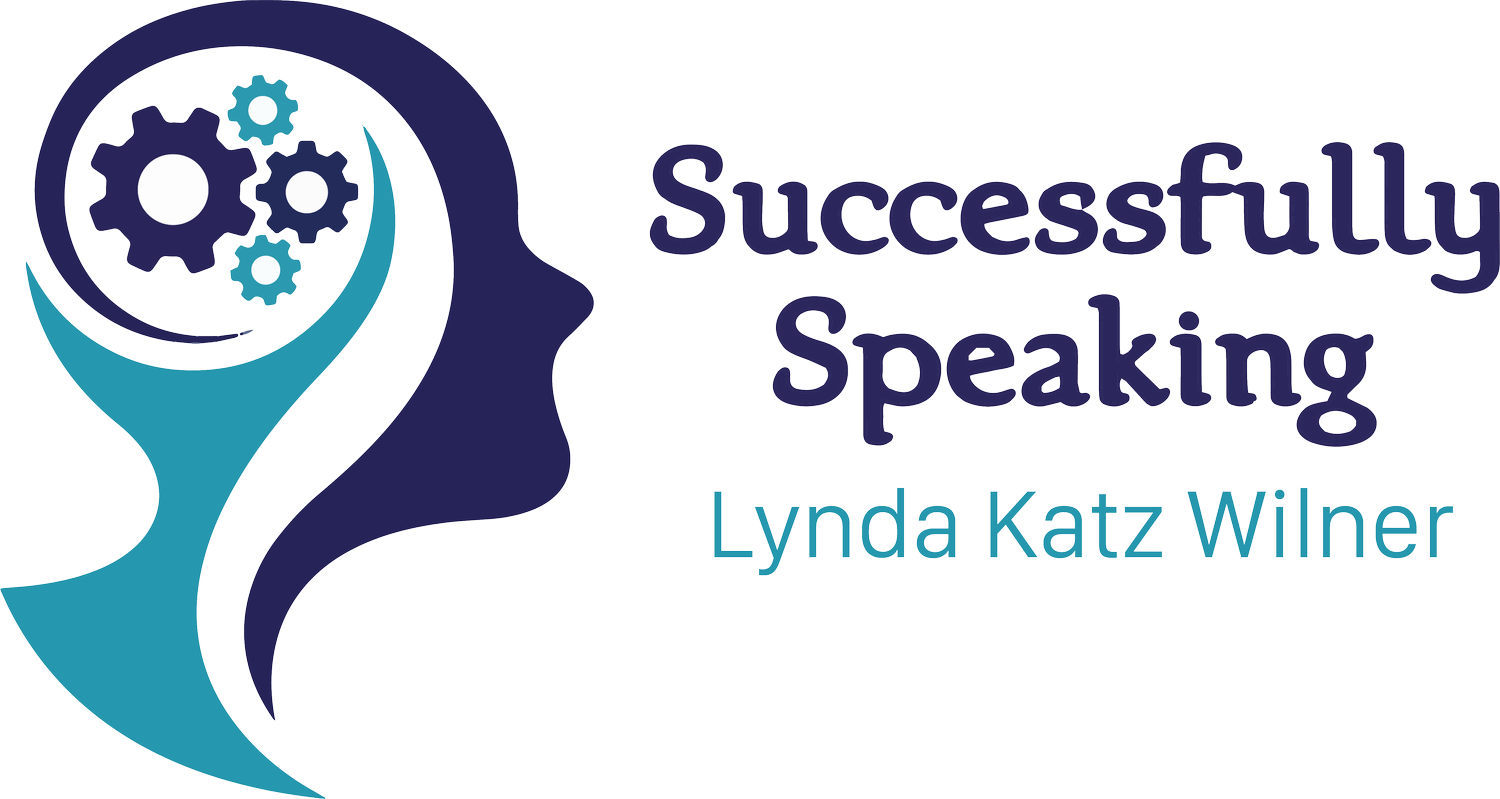Communicating in Today's Workplace
Communicating in the workplace is obviously an important key to success in that space. People communicate in a variety of ways in different contexts. I was interviewed by my colleague, Elliot Lasson from Elliot@Work,
Elliot@Work: Much has been said about Millennials today, not always with a complimentary perspective. Are there any positive aspects of communication which other generations can learn from Millennials?
LKW: Many Millennials value transparency, authenticity, and communication efficiency. There is great value to these attributes. Millennials have grown up with more technology than other generations. Many tend to use texting and email rather than the telephone to communicate. I’ve heard Millennials say that calling someone directly without scheduling a call is interrupting the recipient’s daily schedule. The abundance of apps for scheduling appointments, (e.g., www.calendly.com), can be a direct result of this issue. I personally have learned to become more efficient when scheduling calls and appointments this way, rather than the back and forth of emails to schedule a mutually convenient time. Texting and tweeting have also forced people to be more succinct and to the point. However, with these conveniences come drawbacks; abruptness, miscommunication, grammatical and spelling differences.
Elliot@Work: OK, now that we are playing fair, what positive aspects of communication can Millennials learn from other generations?
LKW: Speaking on the telephone is still important. We have a chance to have immediate responses and hear the person’s tone of voice which minimizes any miscommunication. We should not be relying on technology for all of our communication! Let’s just pick up the phone.
Elliot@Work: Lynda, what strategies would you suggest when preparing for difficult conversations at work?
LKW: Know ahead of time what your objective is and write it down, so it is clear in your own mind. Write out a few examples to support your objectives. When speaking to the other person, most importantly, be a good listener, avoid interrupting, and ask questions. Make sure your body language is open and inviting to the other person. For example, make eye contact, lean forward, minimize any distractions, and avoid fidgeting with your hands or legs.
Elliot@Work: College students are often apprehensive when making a presentation to peers in class. What would you advise to students to help them overcome their “stage fright”?
LKW: First, you must be prepared! Your positive self-talk can help you harness your nervousness. Don’t focus on your fears; understand that your peers don’t want you to fail. Do some form of exercise beforehand to get rid of the jitters (even walk a flight of stairs). Focus on breathing to calm yourself down. Check out this video. Don’t rush to get started. Stand in your space with confidence, take a breath, look at your audience, smile, and then begin. See Stand Like a Tree
Elliot@Work: In the workplace, there are various channels through which one can communicate. These include phone, email, texting, and face-to-face. What guidelines would you advise in selecting the most appropriate medium?
LKW:Situations dictate the preferred means of communication. While in a meeting, a text will be more efficient than a phone call. However, face-to-face is the ideal means of communication since we can use our verbal and non-verbal communication such as body language and tone of voice. If that is not possible, Skype, GoToMeeting, or any other video platform is the next best means for the same reasons and the telephone would come in third. Texting and emailing, leaves room for miscommunication since the receiver cannot hear the tone of the message. Before sending out any emails or texts, read them aloud for accuracy of spelling, grammar, and content. For emotionally laden topics, don’t rush to send it out.
Elliot@Work: How much of public speaking success is “nature” and how much can be trained by a professional like you?
LKW: Some people may be naturals and enjoy getting up in front of an audience. For the rest of us, it is a skill that can be learned. I help my clients use techniques to control nervousness. See Nervousness, improve their voice quality, and speak in an organized fashion. See Ties
Elliot@Work: When making a presentation, what would be the best source of notes–paper, tablet, or teleprompter?
LKW: If you use notes, on paper or on a tablet, make sure to look at the notes briefly, but always look up when speaking. A teleprompter would be appropriate when video-recording your talk. If you use speaker notes in PowerPoint, make sure it sounds natural and does not sound as if you are reading a script! Do not read your notes or memorize them! Use an outline and speak spontaneously to your audience.
Elliot@Work: If you were evaluating a professional presentation, what characteristics would you look for in considering it to be of high quality?
LKW: The presentation should be succinct with a clear message and geared to the specific audience. The speaker must use the allotted time accordingly. The audience won’t mind if the speaker ends early, but going over the allotted time is not respectful of the audience’s schedule. The speaker should engage with the audience by maintaining appropriate eye contact, observing their nonverbal communication, and checking in with them to see if they have questions.
LKW: Learn more about balancing your visual, vocal, and verbal communication to present yourself professionally here. You can learn more about professional speaking tips from Lynda. See here.

